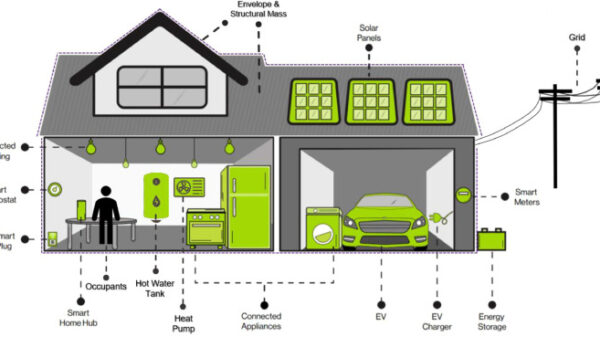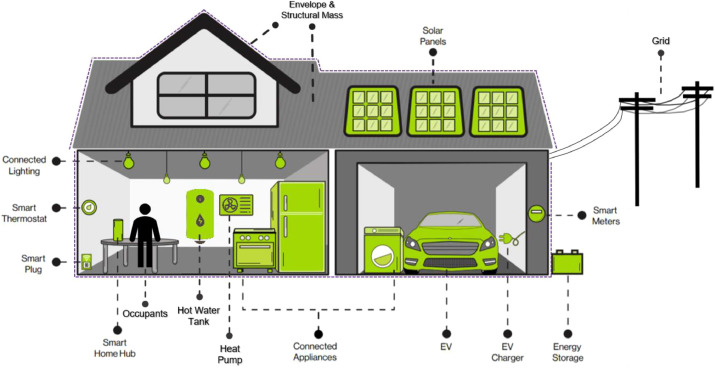The construction industry is one of the largest contributors to climate change, accounting for 38% of global greenhouse gas emissions. As a result, there is a growing focus on sustainable building design, which aims to reduce the environmental impact of buildings.
Aer technology is a new type of building technology that has the potential to significantly improve the sustainability of buildings. Aer technology uses a network of small, interconnected devices to create a dynamic airflow system that can be used to control the temperature, humidity, and air quality of a building.
How Aer Technology Works
Aer technology works by using a network of small, interconnected devices called aer nodes. Aer nodes are placed throughout a building and are connected to a central controller. The controller uses sensors to monitor the temperature, humidity, and air quality of the building.
If the controller detects that the conditions in the building are not optimal, it will send signals to the aer nodes to adjust the airflow. The aer nodes will then use their fans to create a dynamic airflow system that will help to improve the conditions in the building.
Benefits of Aer Technology
Aer technology has a number of benefits that can make buildings more sustainable. These benefits include:
- Improved energy efficiency: Aer technology can help to reduce the energy consumption of buildings by up to 50%. This is because Aer technology can help to keep buildings at a comfortable temperature without the need for traditional heating and cooling systems.
- Improved air quality: Aer technology can help to improve the air quality in buildings by removing pollutants and allergens from the air. This can help to improve the health and well-being of building occupants.
- Reduced noise pollution: Aer technology can help to reduce noise pollution by absorbing sound waves. This can create a more peaceful and tranquil environment for building occupants.
- Increased comfort: Aer technology can help to increase the comfort of building occupants by keeping buildings at a comfortable temperature and humidity level. This can help to improve productivity and reduce absenteeism.
Challenges of Aer Technology
Aer technology is a relatively new technology, and there are a number of challenges that need to be addressed before it can be widely adopted. These challenges include:
- Cost: Aer technology is currently more expensive than traditional building technologies. However, as the technology matures, the cost is expected to come down.
- Complexity: Aer technology is a complex system, and it can be difficult to install and maintain. However, as the technology becomes more widely adopted, the installation and maintenance process is expected to become simpler.
- Lack of standards: There are currently no standards for Aer technology. This can make it difficult for architects and engineers to design and build buildings that use Aer technology.
Conclusion
Aer technology has the potential to significantly improve the sustainability of buildings. However, there are a number of challenges that need to be addressed before Aer technology can be widely adopted. As the technology matures and the cost comes down, Aer technology is expected to play an increasingly important role in the future of sustainable building design.

























You must be logged in to post a comment Login